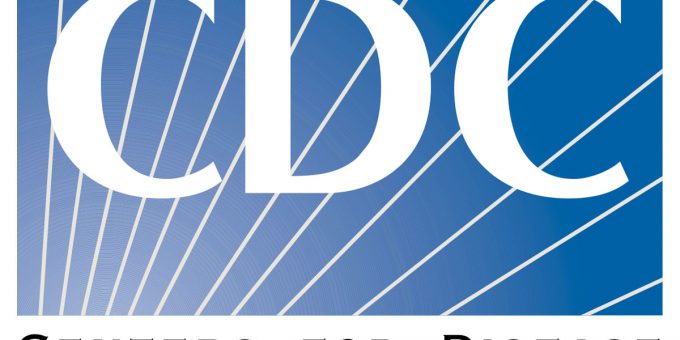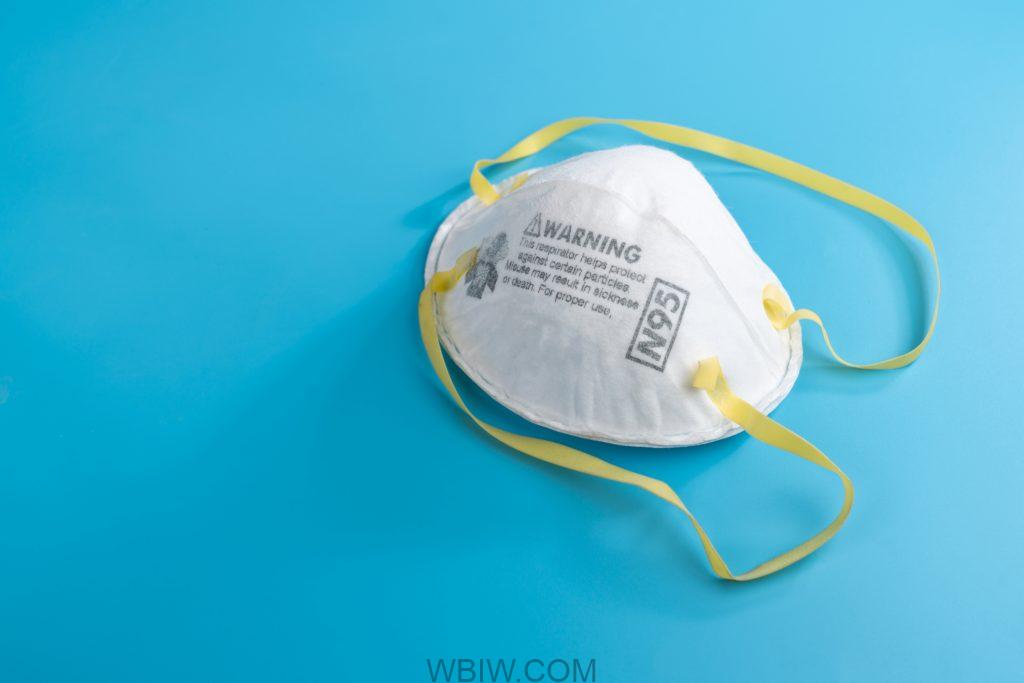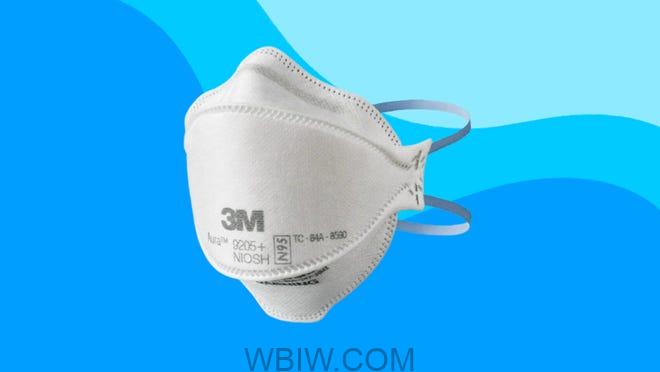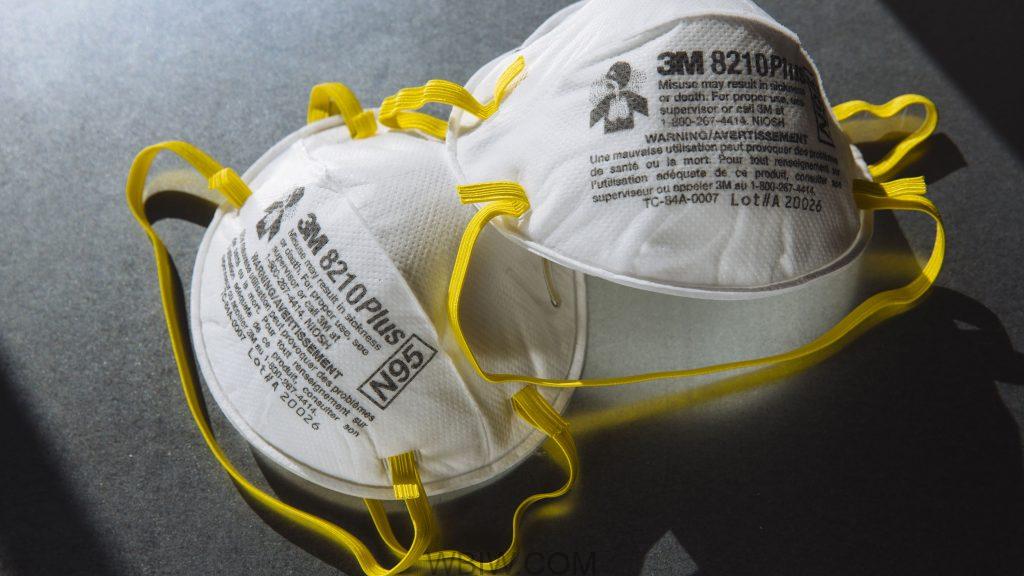
With the COVID-19 pandemic remaining a major issue worldwide, the one guideline members of the Centers for Disease Control and Prevention (CDC) have continued to agree upon is wearing masks.
As the Omicron Variant has wreaked havoc across the country, the only mask that seems to be the most effective for people to use is the N95 or KN95 masks that can filter 95% of the particles in the air. But with high demand, comes counterfeits.

The CDC estimates that about 60% of KN95 respirators in the U.S. are counterfeit and fail to meet strict standards set by the National Institute of Occupational Safety and Health (NIOSH). It is important to make sure that when purchasing these masks, you see the tell-tale signs that can help you steer clear of fraudulent masks:

- Look for the NIOSH stamp of approval: The most important thing to look for in N95 masks specifically is that the respirator has been tested and certified by NIOSH. There should be an approval number on the filtering respirator and “NIOSH” must be spelled correctly.
- N95s do NOT have ear loops: Legitimate N95 masks do not have ear loops—they have straps or a headband instead—and no other decorative accents.
- NIOSH-approved N95 kids’ masks don’t exist: N95s are essentially non-existent in kids’ sizes due to NIOSH only regulating products for adults.
- Look for the KN95 standard printed on the mask: the FDA granted emergency-use authorization (EUA) for some KN95 masks due to N95 masks supply being scarce. This included respirators and filters certified under China’s standards: GB 2626-2006 or the most recent GB 2626-2019. Look for either of these codes printed on the KN95 mask, as this could help identify if a mask is counterfeit or not.
- If it feels questionable, it probably is: If you really aren’t sure about any kind of mask from an unknown retailer, ask yourself the questions that you would when encountering other potentially counterfeit products: Is the manufacturer making false claims about certifications? Does the packaging look neat and intact or does it look like it’s been tampered with? Are there positive or negative reviews to look into? If something feels questionable, it most likely is.
- Where to buy real N95 and KN95 masks: Project N95, Bona Fide Masks and WellBefore are three ways to purchase legitimate N95 or KN95 masks as well as trusted retailers such as Lowes, Home Depot or CVS.

While staying aware and keeping up-to-date, you can report any counterfeit masks to CBP through their reporting system, or by calling 1-800-BE-ALERT.
You can also report to the National Intellectual Property Rights Coordination Center online, or by telephone at 1-866-IPR-2060.



